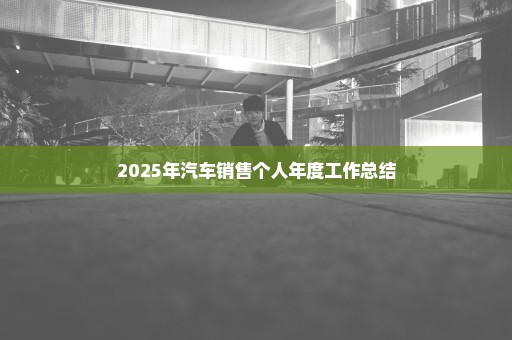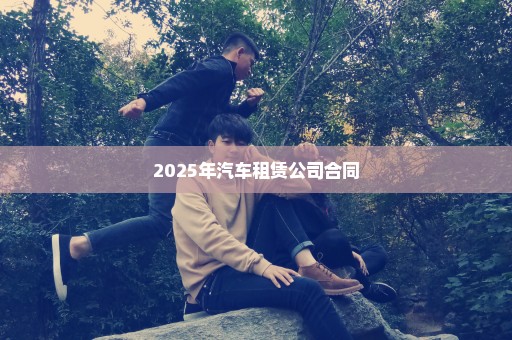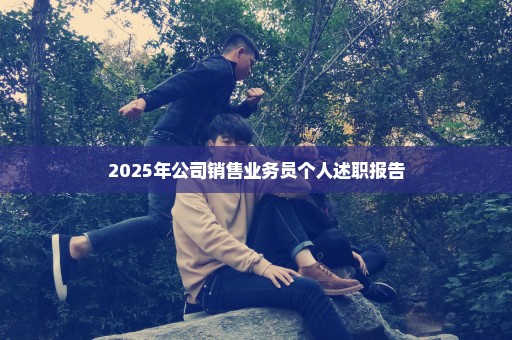何时用does/do 何时用is/are
如果助动词或Be动词后面是表示单数的名词或第三人称单数,就用does或is,比如说,he;
she;
my
dad;
a
book之类的,如果是名词复数或第一二人称就用
do
或
are,
比如说
I;
we
they
you
students(名词复数);many
books
;等等
例句:
are
there
more
than
30
students
in
your
class?你们班有超过30个学生吗?
are
you
student?
你是学生吗?
Do
they
finish
homework?他们完成作业了吗?
is
she
your
friend?她是你朋友吗?
does
your
teacher
tell
you
that?
你的老师告诉你那件事了吗?
楼主参考下~希望对你有帮助~
对动词的提问,用do、have、would等放句首来提问。对名词形容词的提问用be动词are、is、am。
1、do和does是助动词,当一句话已经有动词时,我们通常用助动词提问?
Do you like apples
你喜欢苹果吗?
2、对名词形容词的提问用be动词are、is、am。
Are you a student?
你是学生吗?
一般疑问句可以有否定形式,其结构为:
be, have或助动词否定缩略式+主语+(主动词)…?例如:
—Aren’t you going to buy that motorbike?
你不打算买那辆摩托车吗?
—Yes, I am. 不,我买。
No, I am not.?是的我不买。(与中文表达习惯不同)
扩展资料
1、将陈述句变为一般疑问句时
如果句中有be动词(am is are …)时,可直接将它们提至主语前。如主语为第一人称,应将其改为第二人称。
如:I'm in Class 2 Grade 1. → Are you in Class 2 Grade 1?

We're watching TV. → Are you watching TV?
2、陈述句中有情态动词(can may must …)时
可直接将它们提至主语前,即可成为一般疑问句。如:
He can swim now. → Can he swim now?
The children may come with us. → May the children come with us?
3、陈述句中只有一个实义动词作谓语…
且其时态为一般现在时,变为一般疑问句时要在句首加do或does主语后的实义动词用原形。如:
I like these animals. → Do you like these animals?
She wants to go to the movies. → Does she want to go to the movies?
鹏仔微信 15129739599 鹏仔QQ344225443 鹏仔前端 pjxi.com 共享博客 sharedbk.com
图片声明:本站部分配图来自网络。本站只作为美观性配图使用,无任何非法侵犯第三方意图,一切解释权归图片著作权方,本站不承担任何责任。如有恶意碰瓷者,必当奉陪到底严惩不贷!
 百科狗
百科狗



